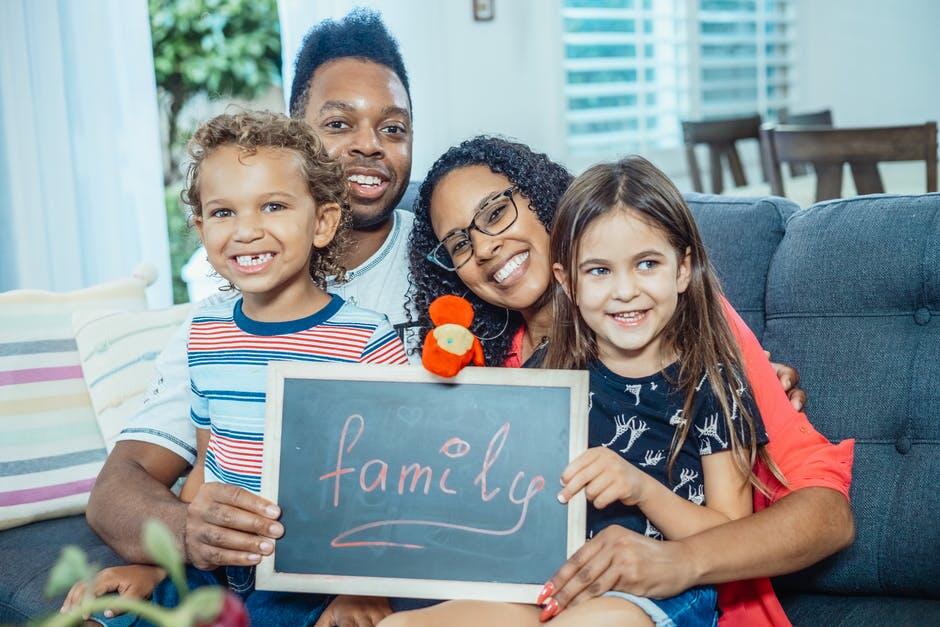Foster care is a crucial system designed to provide safe, temporary homes for children who cannot live with their biological families. For many, this situation raises questions:
What does it mean to be a foster parent? How do you navigate the complexities of foster care?
Understanding these elements is vital if you’re considering joining a foster family. With 440,000 children in foster care in the United States, your involvement can significantly impact a child’s life.
Read on to learn more!
Understanding the Foster Care System
The foster care system is designed to protect and support children who have experienced neglect or abuse. It provides a temporary living arrangement until a more permanent solution can be established, whether that’s reunification with biological parents or adoption. Enrolling in fostering and adoption programs allows individuals to play a pivotal role in transforming a child’s future.
Choosing to Become a Foster Parent
Deciding to become a foster parent is both an exciting and daunting journey. Individuals considering this path should reflect on their readiness to provide a stable and loving environment.
Foster families must be prepared to support children from diverse backgrounds. These children often experience emotional and behavioral challenges. Taking the time to assess your goals and family dynamics can lead to a more successful foster care experience.
Requirements for Foster Care
The journey to foster care begins with meeting specific requirements set by state agencies. While these can vary, common requirements include:
- Being at least 21 years old
- Completing a home study
- Providing references
- Attending training sessions
These steps are designed to ensure that potential foster parents are well-prepared. It shows that they can handle the responsibilities that come with caring for children in foster homes.
Navigating the Foster Care Process
Once you decide to become a foster parent, you will undergo a detailed application and approval process. This journey often necessitates patience and commitment.
Your First Steps
Your journey usually begins with an orientation session organized by your local child welfare agency. Here, you’ll learn about the foster care system and what it means to be a foster parent.
Following orientation, you will submit an application and undergo the home study process. This may include home visits, interviews, and background checks to ensure a safe environment for children.
Being Matched With a Child
Once approved, you may be matched with a child who needs a foster home. This matching process considers various factors. It includes your family’s dynamics, the child’s needs, and any special requirements they may have.
Transitioning into a Foster Family
Transitioning a child into your home can be a significant adjustment for everyone involved. Each child comes with unique experiences that shape their behavior and needs.
As you welcome the new member of your family, it’s vital to be patient and nurturing. Establishing a sense of routine can help provide stability and comfort for the child.
Support for Foster Families
A successful fostering experience often depends on the support available to foster families. Many resources exist for foster parents. This includes support groups, counseling services, and educational programs. Leaning on these networks can be invaluable.
Make a Difference Now
Becoming part of the foster care system can be one of the most fulfilling choices you’ll ever make. Your actions can foster lasting change in a child’s life. It creates a ripple effect of positive impact.
So what are you waiting for? If you feel called to support children in need, take the first step towards foster care today.
Did you find this article helpful? If so, check out the rest of our site for more.







